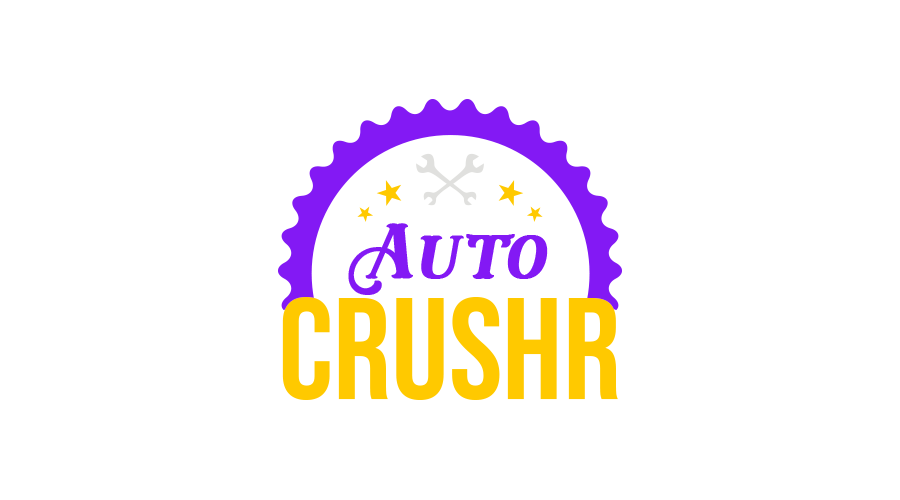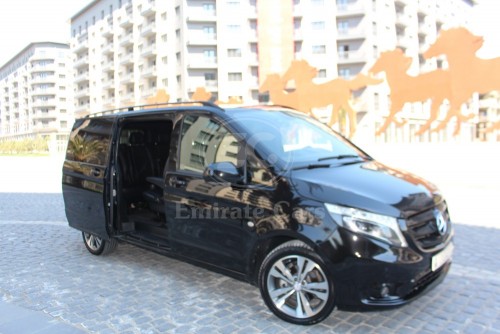Tire pressure is one of those overlooked yet critical aspects of vehicle maintenance. Ignore it, and you risk everything from diminished fuel efficiency to catastrophic blowouts. Yet, so many drivers treat their tires with apathy—until it’s too late. Proper tire pressure isn’t just about safety; it’s about performance, longevity, and even the cost-effectiveness of your drive. Whether you own a car or rent a car Baku, neglecting this simple task is a gamble you can’t afford.
Why Tire Pressure Matters More Than You Think
Underinflated tires sag under the weight of your vehicle, increasing rolling resistance. This forces your engine to work harder, guzzling more fuel. Overinflated tires, on the other hand, reduce traction, making your ride uncomfortably rigid and prone to uneven tread wear. The sweet spot? The manufacturer’s recommended PSI (pounds per square inch), usually found in the owner’s manual or on a sticker inside the driver’s door jamb.
But here’s the kicker—tire pressure isn’t static. Temperature fluctuations, slow leaks, and even the natural seepage of air over time can alter it. That’s why a monthly check isn’t just advisable; it’s non-negotiable.
The Right Way to Check Tire Pressure
Gone are the days of eyeballing tires or giving them a firm kick to “test” their firmness. Precision is key. Here’s how to do it correctly:
- Use a Quality Gauge – Digital or analog, invest in a reliable tire pressure gauge. The ones at gas stations are often abused and inaccurate.
- Check Cold Tires – Tires heat up while driving, expanding the air inside and skewing readings. Measure pressure first thing in the morning or after the car has been stationary for at least three hours.
- Remove the Valve Cap – Unscrew it and keep it somewhere safe (they vanish like socks in a dryer).
- Press the Gauge Firmly – A hiss of air is normal, but hold it steady until the reading stabilizes.
- Compare to Recommended PSI – Adjust as needed, adding or releasing air until you hit the magic number.
Maintaining Optimal Pressure: Beyond the Basics
Checking is one thing; maintaining is another. Here’s how to ensure your tires stay in their ideal range:
- Seasonal Adjustments – Cold weather contracts air, dropping pressure. In winter, you may need to inflate slightly above the recommended PSI. Conversely, summer heat can overinflate tires—monitor closely.
- Spare Tire Neglect – That lonely spare in the trunk? It loses pressure too. Check it every few months to avoid a nasty surprise during an emergency.
- Leak Vigilance – If one tire consistently loses pressure faster than the others, it might have a slow leak. A soapy water solution sprayed on the tire can reveal bubbles where air escapes.
- TPMS Isn’t Infallible – Most modern cars have a Tire Pressure Monitoring System (TPMS), but it’s a warning, not a replacement for manual checks. By the time the light comes on, you’re already underinflated.
The Hidden Costs of Ignoring Tire Pressure
Think skipping a pressure check is harmless? Think again. The ripple effects are staggering:
- Fuel Waste – Underinflated tires can slash fuel efficiency by up to 3%. Over a year, that’s hundreds wasted at the pump.
- Tire Wear – Uneven pressure leads to uneven wear, forcing premature replacements. A set of new tires isn’t cheap.
- Safety Hazards – Low pressure increases stopping distance and raises the risk of hydroplaning. Overinflation makes tires more susceptible to punctures and blowouts.
Even if you rent a car Baku, don’t assume the rental agency has kept the tires pristine. A quick check before hitting the road could save you from a ruined trip—or worse.
Final Pro Tips for Tire Longevity
- Rotate your tires every 6,000 to 8,000 miles to ensure even wear.
- Always inflate to the recommended PSI, not the maximum listed on the tire sidewall.
- Invest in a portable air compressor for emergencies.
- Keep valve caps tight—they prevent dust and moisture from corroding the valve stem.
Tire pressure isn’t glamorous, but neither is a flat on a deserted road. Master this mundane task, and your car—whether owned or rented—will reward you with smoother rides, fewer repairs, and a longer lifespan.



